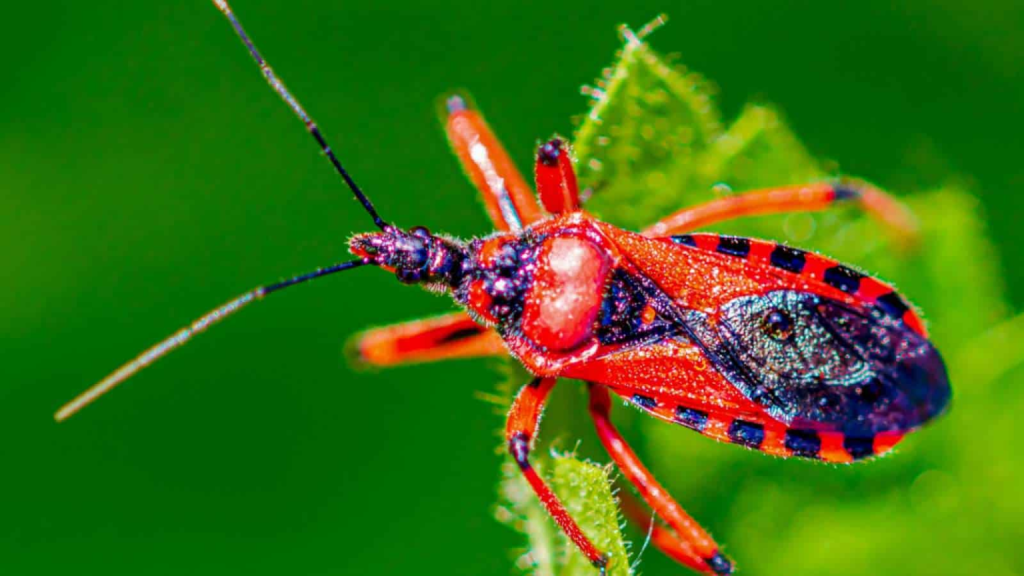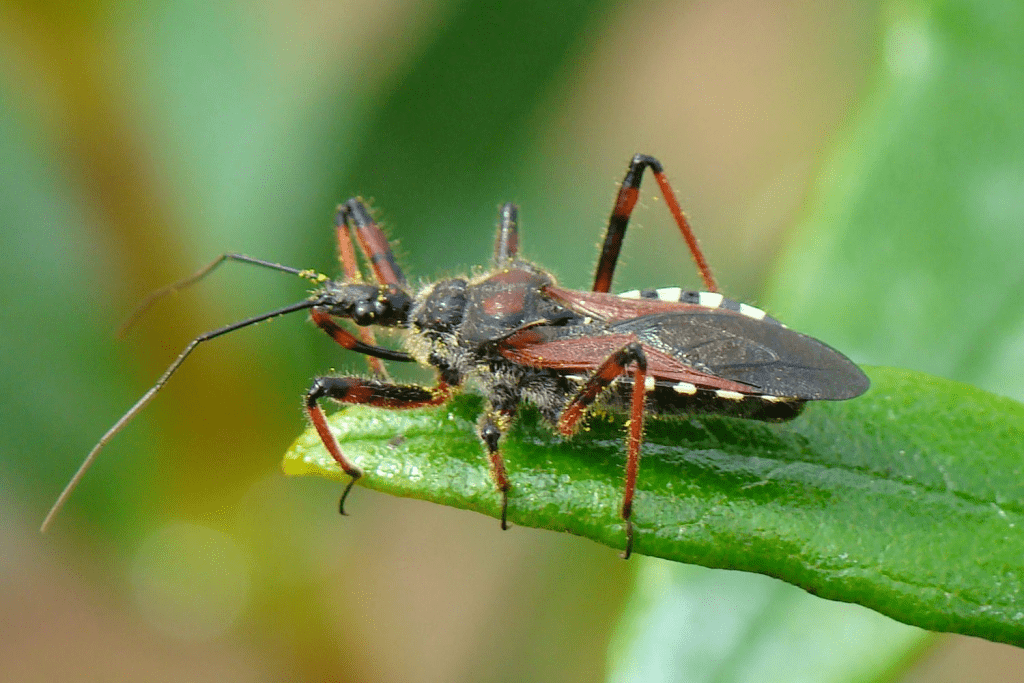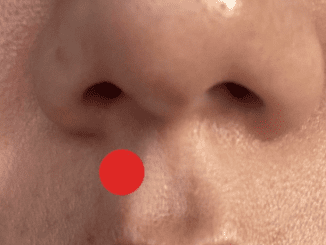As the weather cools down and the leaves start to fall, certain bugs seek shelter in and around our homes. Among these creepy crawlies are assassin bugs, infamous for their painful bites and potential health risks. These bugs may not look particularly menacing, but if you’re unlucky enough to get bitten, you’ll certainly feel it. In this article, we’ll explore what assassin bugs are, how to identify them, and what you should do if one bites you.

What Are Assassin Bugs?
Assassin bugs belong to the Reduviidae family and are predatory insects that primarily feed on other bugs. Found all around the world, these insects are known for their unique appearance and hunting techniques. However, some species, particularly the Triatoma, or “kissing bug,” are also notorious for their ability to transmit Chagas disease—a potentially severe illness.
Identifying Assassin Bugs
To recognize an assassin bug, look for:
- Elongated bodies: They typically have slender, elongated bodies with a narrow neck.
- Curved proboscis: This sharp, tube-like mouthpart is designed for piercing prey.
- Coloration: Assassin bugs are often brown, black, or reddish-brown, though their color can vary based on species.
- Size: Most assassin bugs range from a few millimeters to over an inch in length.
One particularly recognizable species is the wheel bug, named for the gear-like shape on its back. Another is the masked hunter, known for its habit of covering itself in debris as camouflage.
Where Do Assassin Bugs Hide?
Assassin bugs are versatile creatures and can be found in various habitats:
- Forests and fields: These bugs often take cover under logs, rocks, and leaf litter.
- Gardens: They may hide in shrubs, flower beds, and other vegetation.
- Urban areas: Inside homes, they tend to hide in dark, secluded spaces like cracks, crevices, and under furniture.
These bugs are drawn to areas with plenty of prey, so they might find their way into homes, especially as temperatures drop in the fall.
Symptoms of an Assassin Bug Bite
An assassin bug bite can be quite painful and often feels like a sharp sting. Here’s what you might experience:
- Immediate pain: The bite usually causes a sudden, intense pain.
- Redness and swelling: The area around the bite may become swollen and red.
- Itching: Many people experience itchiness, which can lead to further irritation if scratched.
In some cases, individuals can have allergic reactions to the bite. Symptoms such as fever, nausea, or fatigue may indicate a more severe reaction. Additionally, if bitten by a bug capable of carrying Chagas disease, you may experience flu-like symptoms if infected.
First Aid for Assassin Bug Bites
If you’ve been bitten by an assassin bug, take the following steps to minimize discomfort and avoid complications:
- Clean the area: Gently wash the bite with soap and water to prevent infection.
- Apply a cold compress: This helps to reduce swelling and numb the pain.
- Use antihistamines: Over-the-counter antihistamines can relieve itching and swelling.
- Take pain relievers: Non-prescription painkillers like acetaminophen or ibuprofen can help with pain management.
- Avoid scratching: While it may be tempting, scratching can cause the bite to become infected.

If you notice any severe symptoms, such as difficulty breathing, dizziness, or an increased heart rate, seek medical attention immediately.
When to Seek Medical Help
Most assassin bug bites can be treated at home, but you should consult a healthcare provider if:
- Severe swelling: If the area becomes swollen beyond what you’d expect from a typical bite.
- Signs of infection: Pus, increased redness, or warmth around the bite area may indicate an infection.
- Chagas disease risk: If you’re in an area where Chagas disease is common, or if you suspect the bug was a kissing bug, a doctor may suggest testing.
Prompt medical attention is essential for those who may have been exposed to Chagas disease, as early treatment is more effective.
Preventing Assassin Bug Bites
Taking precautions is key to avoiding assassin bug bites:
- Wear protective clothing: When outdoors, wear long sleeves, pants, and closed-toe shoes to limit exposure.
- Use insect repellent: Apply a repellent containing DEET or another effective insecticide to your skin and clothing.
- Inspect firewood and materials: When handling firewood, rocks, or other materials, be cautious, as assassin bugs might be hiding.
- Seal your home: Make sure all windows, doors, and walls are sealed properly to prevent these bugs from entering.
Keeping Your Home Safe from Assassin Bugs
Preventing an infestation is the best way to avoid these bugs:
- Maintain a clean environment: Indoors and outdoors, remove clutter and clean potential hiding spots.
- Eliminate food sources: As they feed on other insects, keeping other pests at bay can help reduce assassin bug numbers.
- Install screens: Window and door screens can keep assassin bugs and other pests from entering your home.
- Tidy your garden: Regularly removing leaf litter, mowing grass, and minimizing clutter will create a less attractive environment for these bugs.

Natural Predators and Biological Control
Encouraging natural predators in your garden can help control assassin bug populations:
- Birds and spiders: Many bird species and spiders are natural enemies of assassin bugs.
- Beneficial insects: Ladybugs, lacewings, and other predatory insects can contribute to a balanced ecosystem.
Avoid using harsh chemical insecticides, as they can harm beneficial insects and disrupt the natural predator-prey balance.
Conclusion
While assassin bugs play an important role in controlling other insect populations, their bites can be painful and even dangerous. By understanding how to identify them, knowing where they hide, and learning how to treat a bite, you can stay safe during fall and throughout the year. Taking proactive steps to secure your home, wearing protective clothing, and encouraging natural predators will help minimize your risk of encountering these predatory pests. Awareness and a little preparation can make all the difference in keeping your family and home safe from these stealthy insects.


